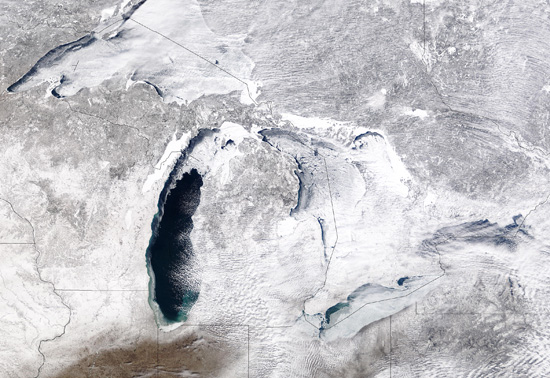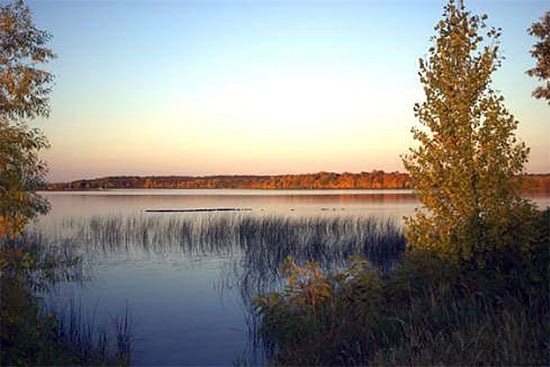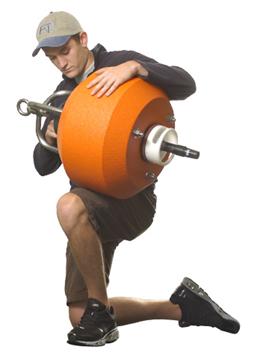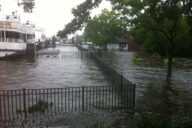Center For Limnology Open House To Share Lake Research
0Lake Mendota is said to be the birthplace of limnology, according to a release from the University of Wisconsin. The school’s Center for Limnology maintains a field station along its shore, where students and professors tackle issues facing Lake Mendota and other freshwater lakes worldwide.
At the end of May, scientists at that field station, the Arthur D. Hasler Laboratory of Limnology, tracked a sudden clarity rebound of the lake using Secchi disk measurements. A day after, they began charting a rise in daphnia, a small type of plankton. And the clarity they’ve recorded has held steady at 5 meters or more through early June.

A Secchi disk measures clarity in Lake Mendota. (Credit: University of Wisconsin, Center for Limnology via Twitter)
Following up on that, the Center for Limnology deployed a data buoy, which measures a host of parameters important for gauging Lake Mendota’s water quality. These include wind speed and direction, air temperature and humidity above the surface. Below the wake, the buoy collects information on the lake’s dissolved oxygen, chlorophyll and phycocyanin levels, and temperature readings, collected in profile, are slated to begin at the end of June.
With all that underway, there’s still more going on at the Hasler laboratory, including investigations into agricultural runoff, algal blooms and invasive species. And it’s possible to get an update firsthand, thanks to an open house to be held there on June 12 from 2 to 6 p.m.

A data buoy deployed on Lake Mendota. (Credit: Matthew Schultz via Twitter)
The event will include educational stations inside the lab, which will cover topics like lake dynamics, fish migrations or the future of Wisconsin’s Yahara Watershed. Professors will be available to talk about some of the issues affecting lakes in Wisconsin, and there is a planned cruise on the school’s research vessel, Limnos. Visitors will also have opportunities to try out using common lake research tools, like samplers and nets.
Another open house, at the Center for Limnology’s Trout Lake Station, is planned to be held in July.













